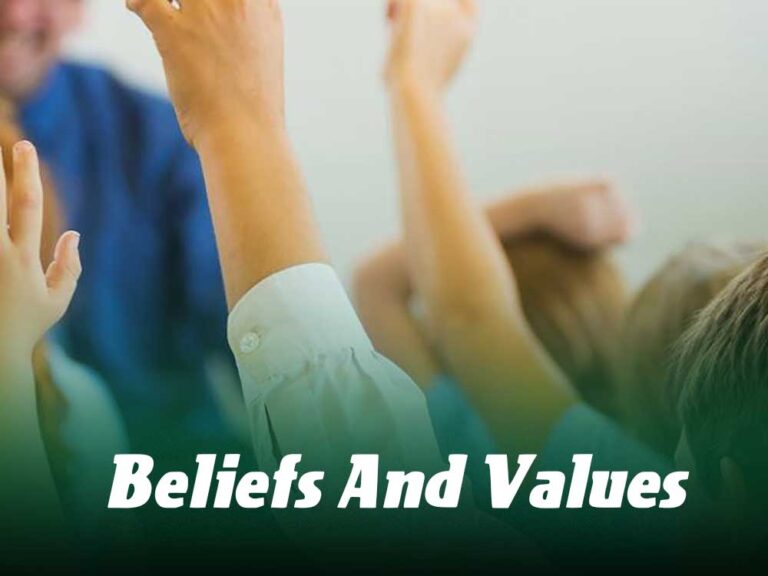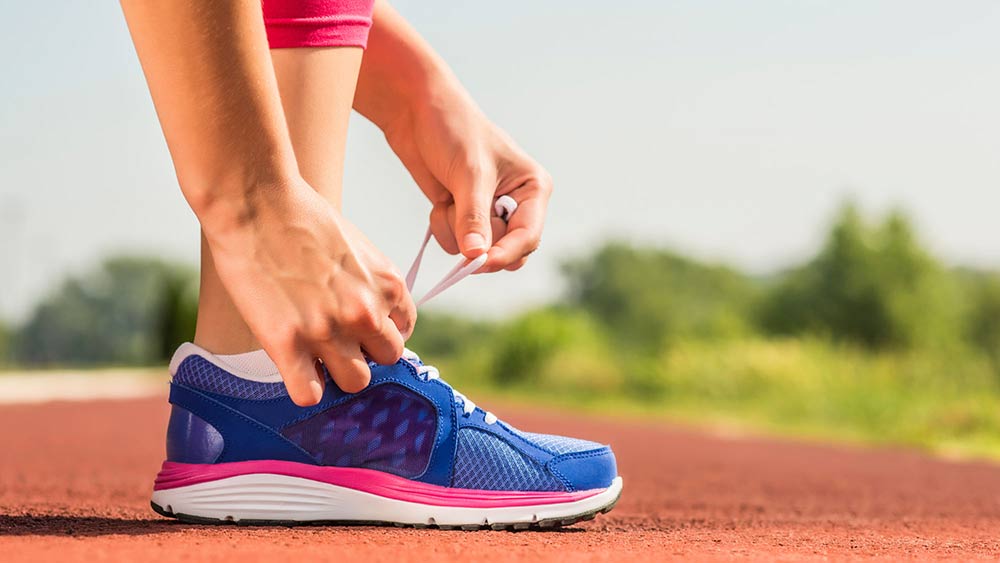
What is the difference between physical exercise and physical activity? In many great athletes opinions the difference is their application. This difference follows the 80-20 rule which means 20% of exercise is physical and 80% of it is mental. Yet many people put their 100% of trainings and activities into physical exercises for improving their skills and gain more strength.
The 20-80 rule says “ 80% of the results will come from only 20% of the action. For instance in business: 20% of all products or clients accounts for 80% of total profit. So you can improve your exercise effectiveness by only devoting 20% of your training time to mental skills. In fact by spending 20% of your training time you will be able to gain 80% of your desired success in physical exercises by mental effort.
One of the effective way to improve your mental skills and apply the 20- 80 rule correctly is using neuro-linguistics or NLP techniques. By studying and learning about NLP you will be able to change your thought, behavior and language patterns and raise your awareness in a way that will lead you to success. You’ll be taught two NLP techniques that will help you increase your exercise effectivity in the following.

At first determine your desired achievement clearly. Ask yourself questions that will lead to good and purposeful result. Questions that help you see your goal as a real, achievable, measurable and special goal and make you achieve it at the right time.
Use the questions below to get the better results.
These question will help you set your goals clearly and determine what results you ar.
Visualization is a mental exercise. In this technique you imagine the process of the tasks from the beginning to the end. Like when the actors rehears over and over before the performance. When you rehears your own performance it will boost your abilities.
Our unconscious minds do not distinguish between what we see in front of us and what we imagine in our minds so this technique is very powerful. When a nightmare wakes you up in the middle of a night and it seemed real to you, your hart beats very fast and you don’t feel safe. This example shows you how powerful your mind is and how it can affect your body because of simple images!
To do this exercise, it’s better to see yourself doing the task. Imagine you’re doing it perfectly. What do you see? What do you hear? How do you feel? Add as much details as you can such as teste and smell, etc.
Raise the possibility of happening the task in reality by play the movie of yourself doing it perfectly in your mind several times. When you actually come to do it, your mind thinks it’s been there before, knows what it needs to be done so you will act the same way as in the movie that you’ve played before in your mind.
There are also more techniques in NLP which can make big differences in your performance in fitness and other aspects of your life. Start now, find the results you want and visualize it. By repeating it, a path will be created in your mind which affects your body then you can do it easily. What you visualize makes your mind planed in a way you want it to be done.
Think about in what form of exercise or what aspect of life you want to be more productive? Apply the techniques you’ve learned now.